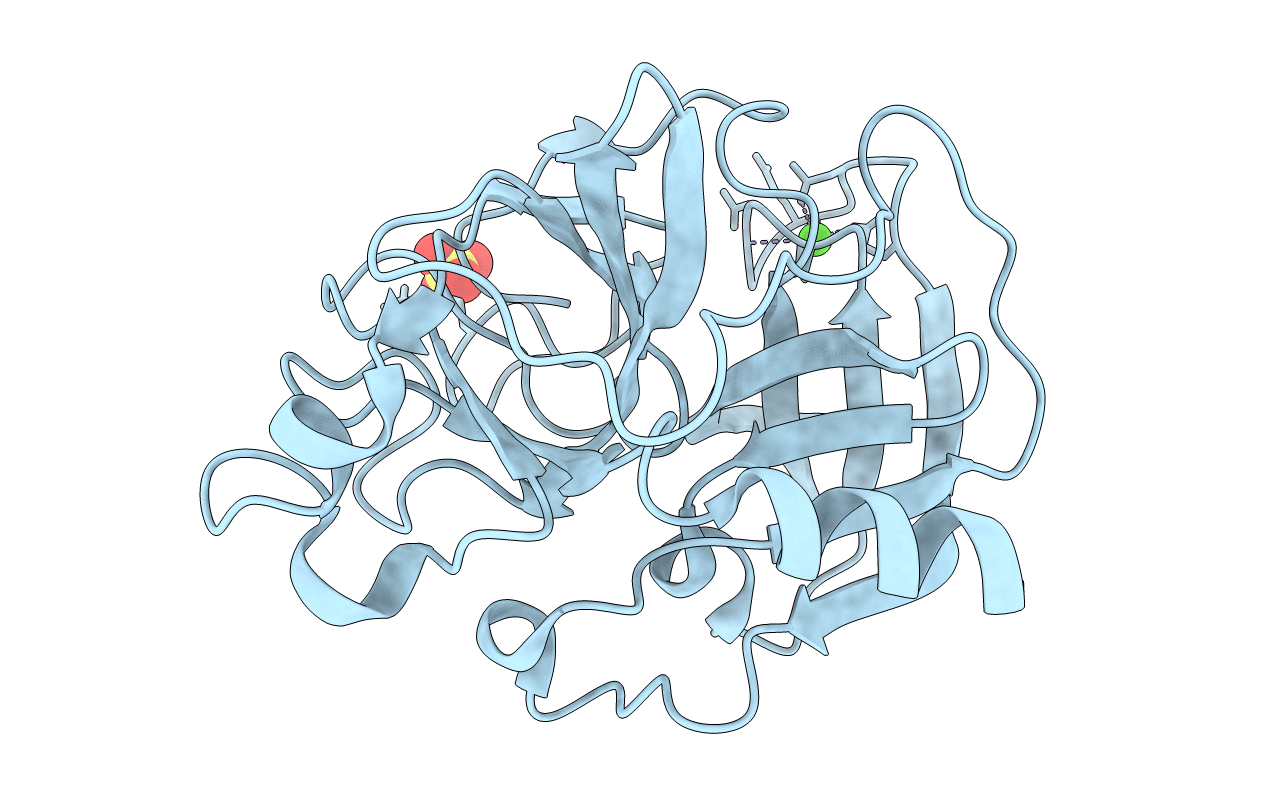
Deposition Date
2001-04-10
Release Date
2001-08-02
Last Version Date
2024-11-13
Entry Detail
PDB ID:
1HB0
Keywords:
Title:
Snapshots of serine protease catalysis: (D) acyl-enzyme intermediate between porcine pancreatic elastase and human beta-casomorphin-7 jumped to pH 10 for 2 minutes
Biological Source:
Source Organism:
SUS SCROFA (Taxon ID: 9823)
Method Details:
Experimental Method:
Resolution:
2.05 Å
R-Value Free:
0.24
R-Value Work:
0.19
R-Value Observed:
0.19
Space Group:
P 21 21 21


